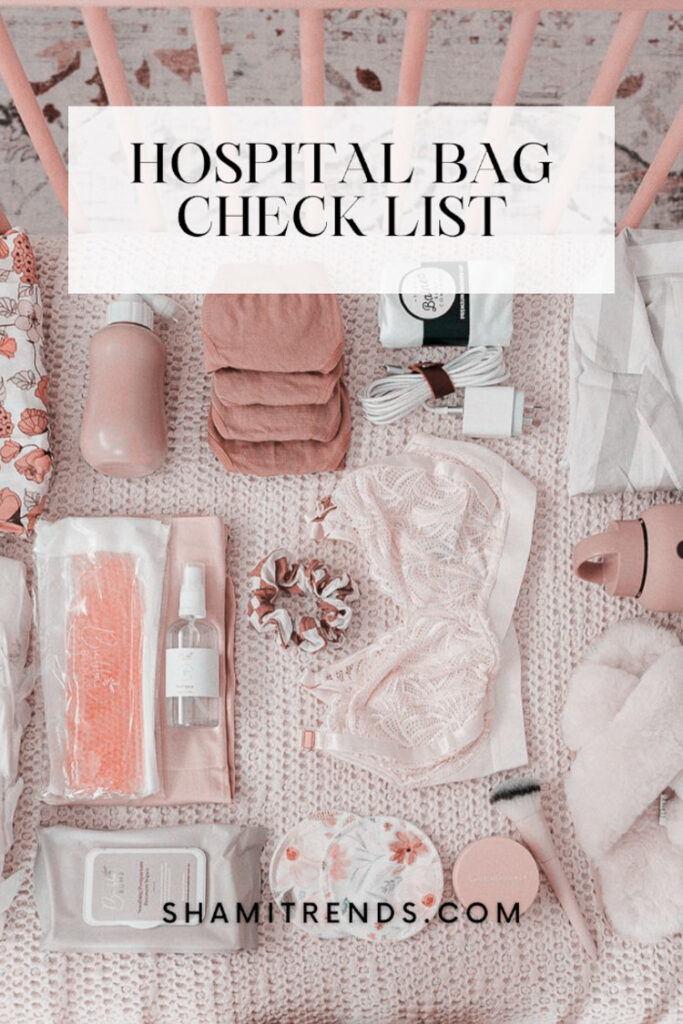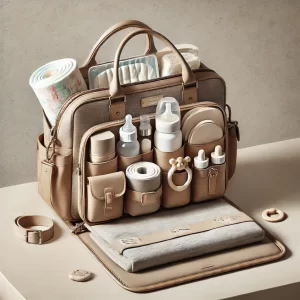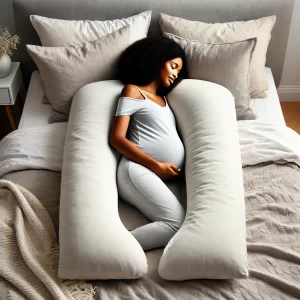Get real motherhood moments and gentle self-care tips straight to your inbox!
For any pregnancy or pregnant woman, the beginning of labor and delivery can be a terrifying event. There will be many adjustments and decisions to make between the time your water breaks and the time you hold your baby in your arms.
Understanding what to expect and how to prepare might make the process less intimidating.
By the way, this article may contain affiliate links where I may earn a small commission for purchases made via those links. This comes at no cost to you.

when your water breaks
After your water breaks, the labor and delivery process begins. This might occur as a sudden jet of fluid or as a gradual drip. If your water breaks, you should notify your doctor or midwife as quickly as you can. You should also make arrangements to visit a hospital or birthing center as soon as possible.
Hospital Bag Checklist (What to pack in your hospital bag)
When you arrive at the hospital, you will be assessed to see if you are in active labor. A physical exam will be performed by your doctor or midwife to determine whether your cervix is dilated and whether your baby is in the proper position for birth. If you are in labor, you will be admitted and the birth process will begin. If you are not in active labor, you may be sent home to wait and told to return when the labor progresses.
While packing your hospital bag, make sure you have everything you need to have the most comfortable labor and delivery possible. Here are some things to think about when packing:

• Comfy clothing: Bring a couple comfortable outfits to wear throughout labor and delivery.
• Slippers or flip flops: Make sure you have something comfy and easy to slip on and off your feet.
• Toiletries: Bring a toothbrush, toothpaste, shampoo, conditioner, and any other amenities you will require throughout your stay.
• Hair ties and clips: Stock up on hair ties and clips to keep your hair out of your face during labor and delivery.
• Snacks and water: Include some snacks for energy and water for hydration.
• Camera and charger: If you intend to take photographs, bring a camera and a charger with you.
• Pillow and blanket: To make your hospital stay more comfortable, bring a pillow and blanket from home.
• Lotion and lip balm: Have lotion and lip balm on hand to soothe your skin and lips.
• Insurance and birth plan: Make sure you have your insurance information and birth plan ready to go.
Degree of Pain and How to Get Rid of It
Labor and delivery are stressful and frequently painful experiences. The intensity of pain varies from person to person, but the goal is to make it as bearable as possible. Here are some suggestions for coping with discomfort during labor and delivery:
• Breathing techniques: Concentrating on your breathing during contractions can help you control your pain and stay relaxed.
• Moving around and changing positions: Moving around and changing postures can assist ease labor pains.
• Massage: Having your partner massage your lower back and feet can be soothing and pain relieving.
• Medication: If the pain is unbearable, an epidural or other forms of pain management medicine may be recommended.
Birthing Positions to Consider
There are various birthing positions to choose from throughout labor and delivery. These include:

• Squatting: This is accomplished by standing with your feet apart and squatting down while you push.
• Kneeling can be done on all fours or in a semi-sitting position.
Sitting can be done in a chair, on a birthing ball, or on the side of a bed.
• Reclining entails reclining on one’s side or leaning back against a pillow.
Each position has advantages and disadvantages, so ask to your doctor or midwife about which one is best for you.
In Conclusion
labor and delivery can be a difficult but rewarding process. Understanding what to expect and how to prepare can make the procedure go more smoothly. You’ll go through a roller coaster of emotions from the minute your water breaks until you meet your baby, but it’ll all be worth it in the end








